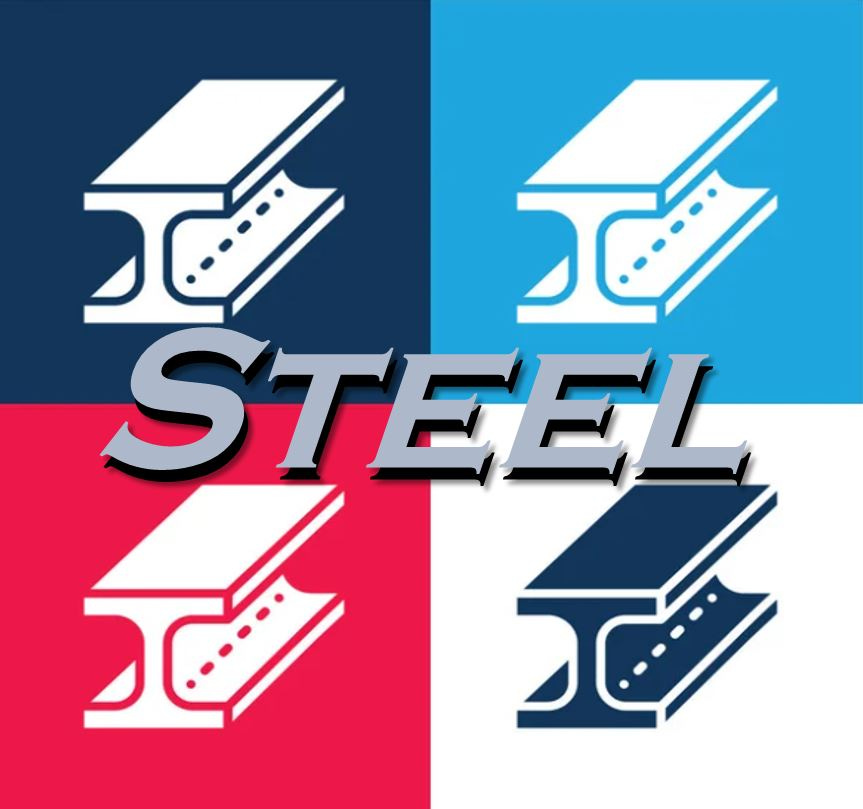Steel
Who knows? Had I gone with Big Steel, maybe the rust belt would still be shining. Maybe more folks would know why Pittsburg’s football team is called the Steelers. Maybe more coal miners would still have jobs. — ‘An Einganeer’s Tale’, page 23.
So Bethlehem Steel offered me a job straight out of college. Bethlehem Steel, the company whose steel built the Empire State Building, the Golden Gate Bridge, Hoover Dam, and the war machines of World War II. I didn’t take it.
Bethlehem Steel declared bankruptcy in 2001, and ceased all operations two years later. Sited reasons were: international competition, the inability to meet pension obligations, large labor costs, and management's resistance to change. I believe this last reason was at the root of all the others. If Bethlehem would have embraced the technological advancements of the mid-twentieth century they would have remained competitive and be a thriving company today. Instead, they chose short-term profits over long-term investments.
It is ironic that steel from Bethlehem was indirectly the cause of its own demise. After World War II, partially as a result of Bethlehem’s war machines, Japan had to rebuild its steel industry from scratch. They chose to do so to use a novel, unproven technology called Continuous Casting. Continuous Casting continuously creates unfinished forms of steel from molten metal. The unfinished billets, sheets, and slabs can then be readily processed into finished products.
Before this. all steel products had been created from ingots, formed by pouring molten mental into stationary molds — a batch operation. As Henry Ford had shown in the auto industry, the assembly line, a continuous operation, improves production yield, quality, productivity, and overall cost efficiency. Continuous Casting did this for the steel industry, It is also the primary reason the US fell behind the rest of the world in steel production.
Bethlehem was never willing to make the major investments necessary to transition to Continuous Casting. US Steel eventually saw the need to do so and did in the early 1980s. This kept them alive, even to this day, but it was too late for them to reclaim the market share they had lost. So they remained an anemic company, barely staying in business. If it wasn’t for the government finally realizing that national security was at risk, US Steel would also be history by now.
Last week, Japan’s Nippon Steel agreed to acquire or partner with (the arrangement is not clear) US Steel for $14 Billion — as well as also invest another $14 Billion into its further modernization. Somehow, the US supposedly retains ownership, so national security concerns are not an issue. The deal promises to revive the US steel industry. Let’s hope it does.
51 years ago, I chose to go with Big Oil instead of Big Steel. I’d like to think that had I gone with Bethlehem Steel, maybe I could have influenced management enough to invest in their future instead of suck out everything they could from the company then. Nah. If Big Steel’s management was anything like Big Oil’s back then, I probably would have pissed some people off there too and had to quit.


